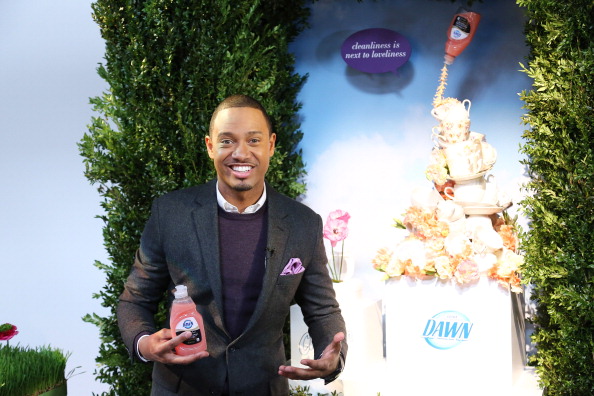
Brands aligning themselves and their product with relevant celebrities or tastemakers through product placement or endorsement deals is an age old practice.
However, over time, celebrities have begun to take a more entrepreneurial approach to their careers, shunning the traditional endorsement deal in favor of ownership stakes, licensing deals, equity investment or developing and selling their own products altogether. The rise of digital technology and social media has leveled the playing field by providing regular people with tools to amplify their own voices and increase their influence; thus, making themselves more attractive to brands.
Even as the lines have blurred, and debates about who among the celebrity or blogger set wields the most influence, the fact remains that strategically working with influencers is still a great way to get people talking about or purchasing your product or service.
Here are a few things to consider before selecting an influencer or ambassador for your next brand campaign:
1. What Is Your Desired Outcome?
Are you looking to increase sales? Increase traffic to your website or get more eyeballs on a branded video? Get your product into consumer hands through sampling or giveaways? Or, to get creative content for your branded platforms?
Once you have an idea about your desired campaign outcomes, you can then begin to create a short list of relevant influencers whose work lends itself to the result you’re looking for (i.e. if a blogger is known for hosting popular giveaways and you’re interested in sampling, they should be on your list).
Use, but don’t solely rely on, metrics or resources such as RewardStyle and Fohr Card, which track digital influence and engagement to find the right guy or girl for your next campaign.
2. Mix It Up: Learn How to Spot the Up and Comers
If you’ve ever rolled your eyes when you see the same rotation of bloggers or celebrities being used by a bunch of brands to shill their product, just imagine how boring that can get for their audience.
Don’t be lazy. And don’t be afraid to mix it up and go with a fresh face whose work is relevant to your product or service. Learn how to spot the up and comers. The best way to do that is to be fully immersed in your brand’s category. Read the blogs and follow the beat reporters, join the twitter chats, engage with the people having relevant conversations and pay attention to how they interact with others online.
Too often, brand managers or in-house executives, who may not be familiar with the landscape or who the players are, will turn up their nose at working with someone who may have a “small” audience; this is a big mistake. Engagement is just as- if not more important than follower count or overall audience size. Don’t rule out the blogger who only has 250 highly engaged twitter followers.
After all, even the biggest names started out small.
3. Don’t Forget the Business
Just as celebrities have become more entrepreneurial and focused on building a brand around their lifestyle, so too have bloggers and other digital influencers. Whether they’re blogging or working in your space full-time or not, many have begun to monetize around their passion projects.
As a result, don’t shy away from discussing compensation. In fact, you should be the first one to put your cards on the table. If you have a budget to hire influencers for your campaign, bring up proposed compensation. And if you don’t have a budget, have a conversation about how working on the campaign will be a mutually beneficial arrangement (ex: Can they get free product(s)? Discount codes or product to give away to their audience? Recognition on your brand platforms?).
4. Be Flexible
You may have set guidelines for what role you want influencer(s) to play in the campaign, but always leave some wiggle room for creative input. The best collaborations or partnerships always have an organic or authentic feel to them.
What other things should a brand manager consider before selecting an influencer for a campaign?

